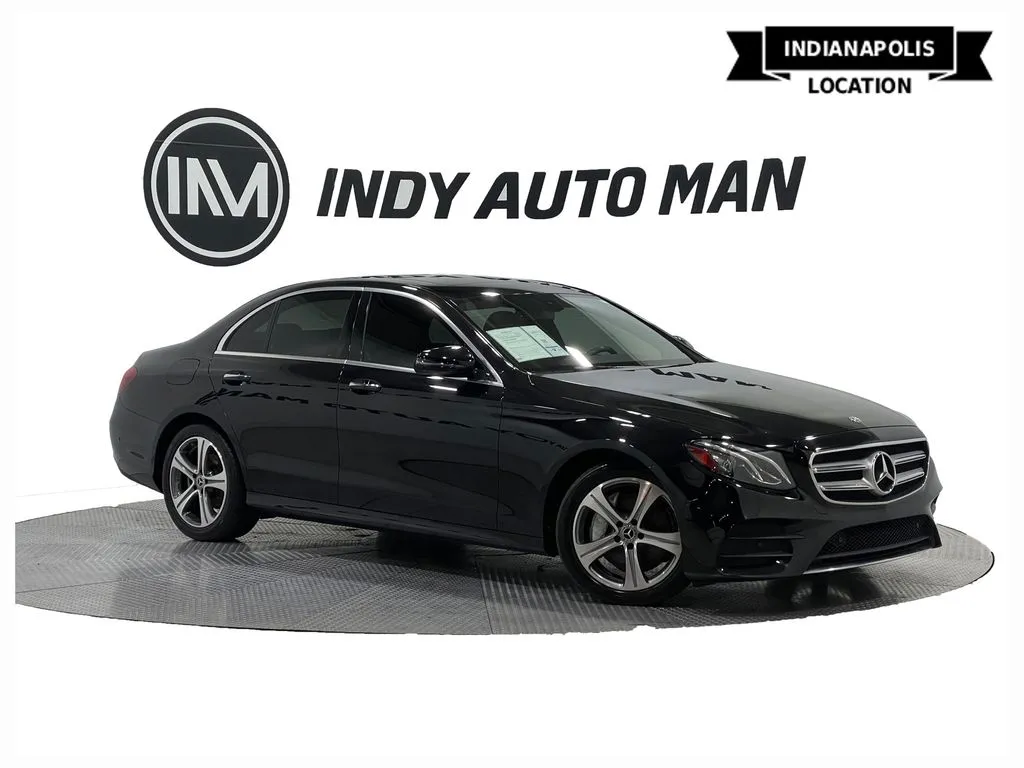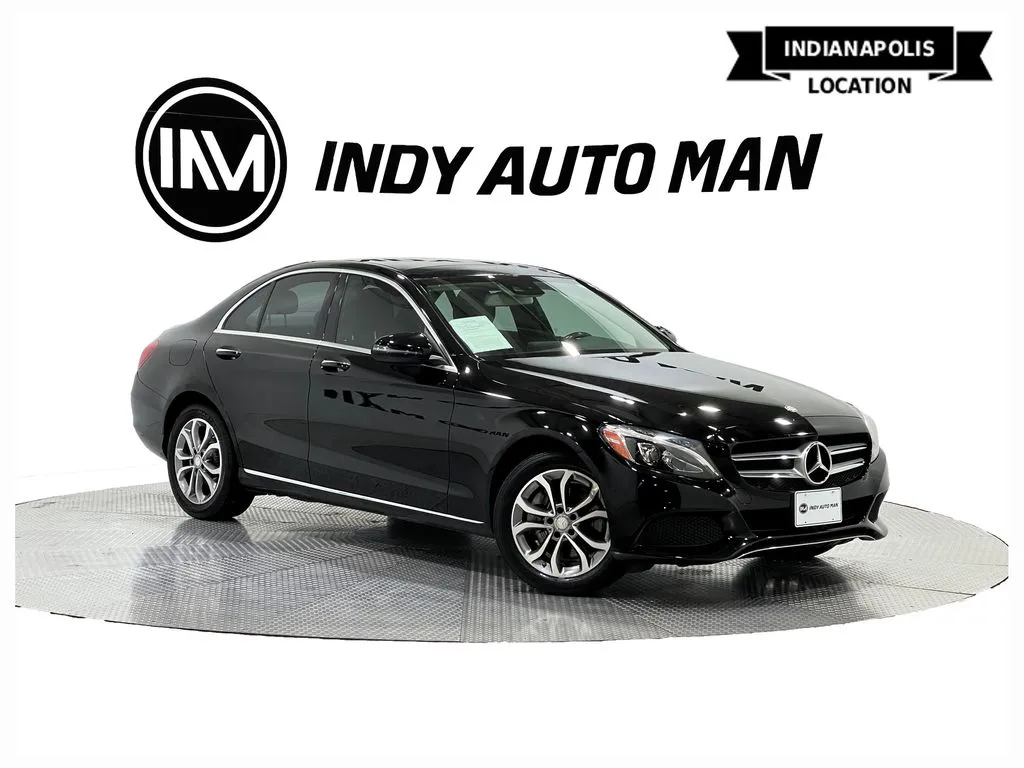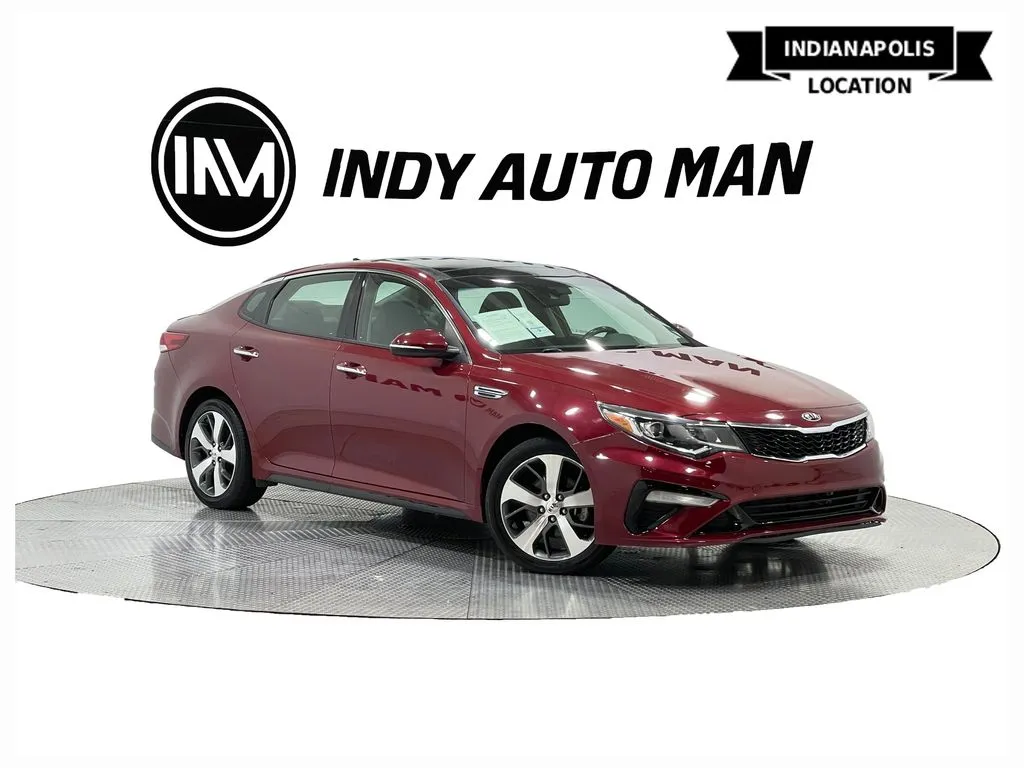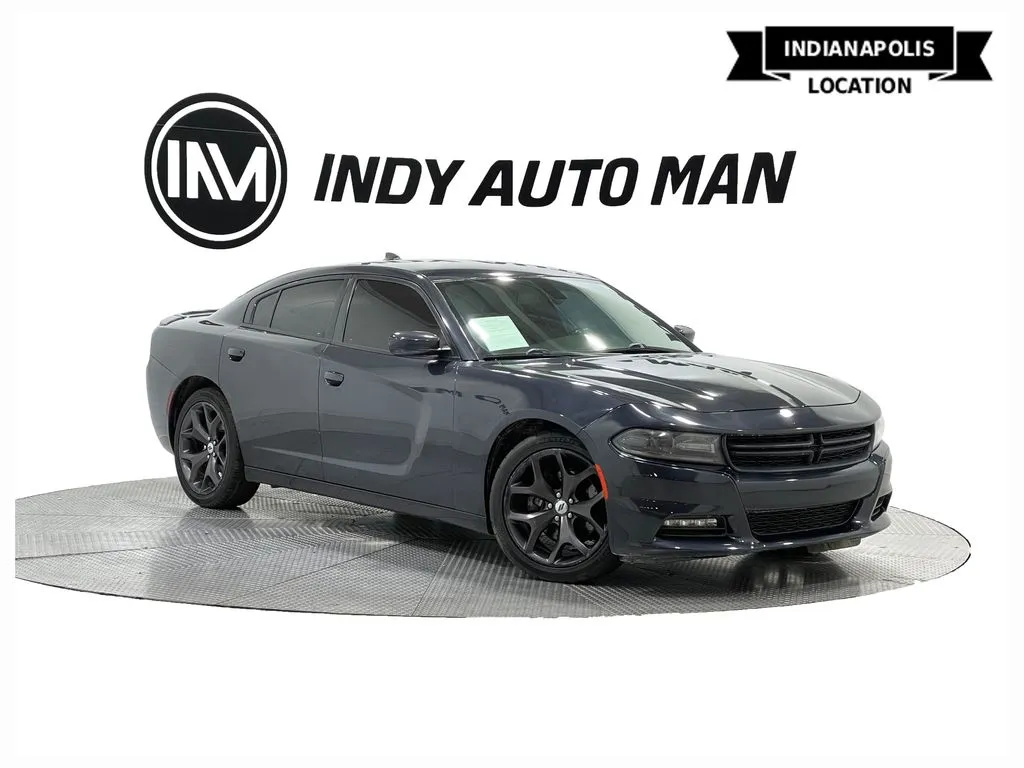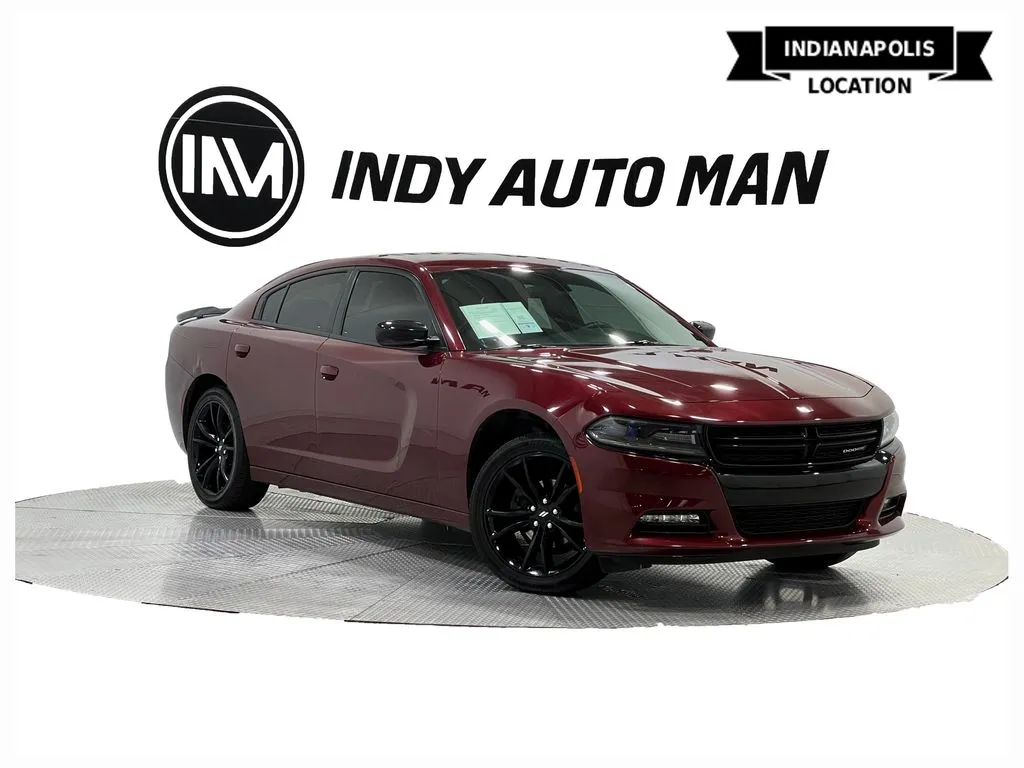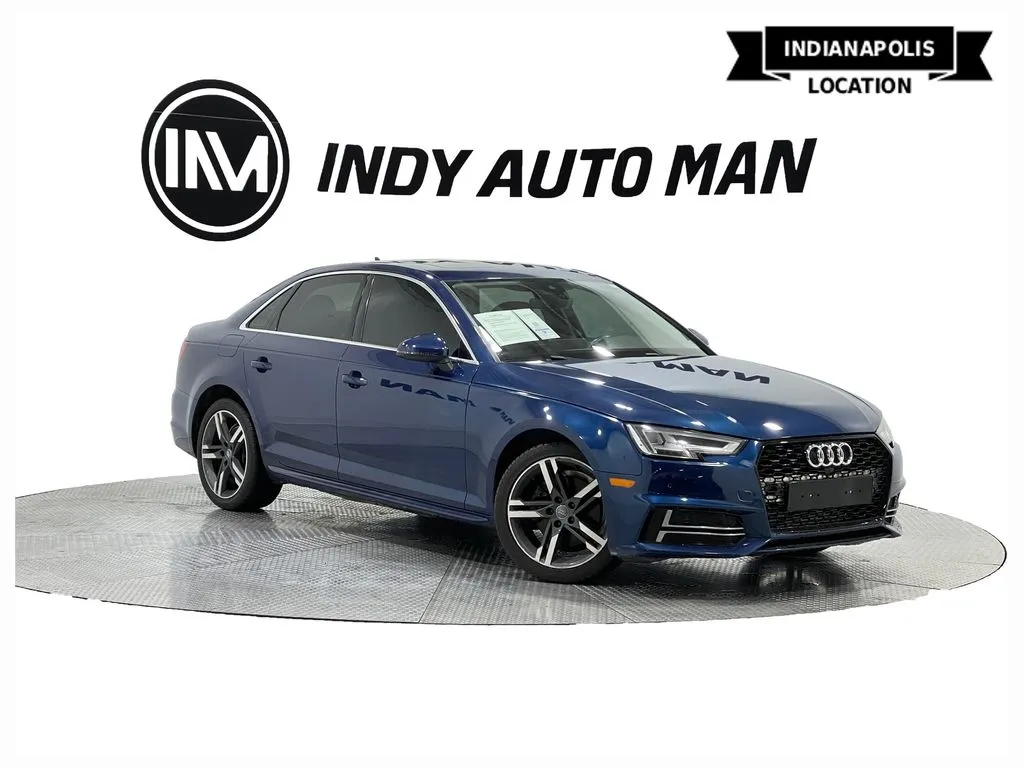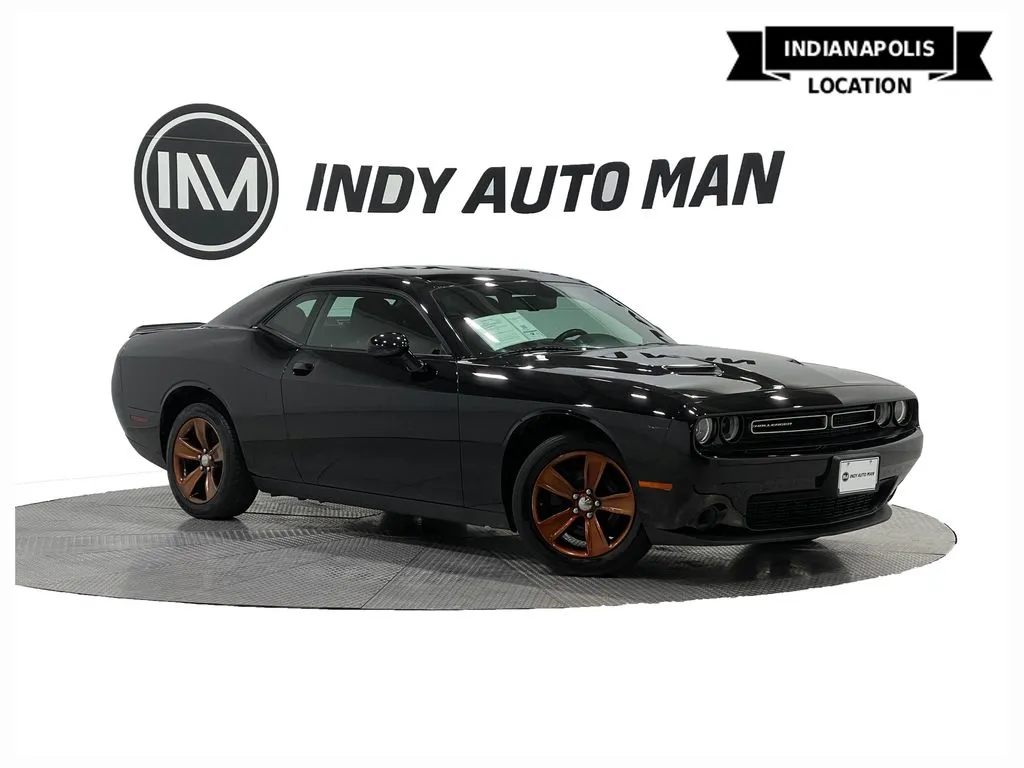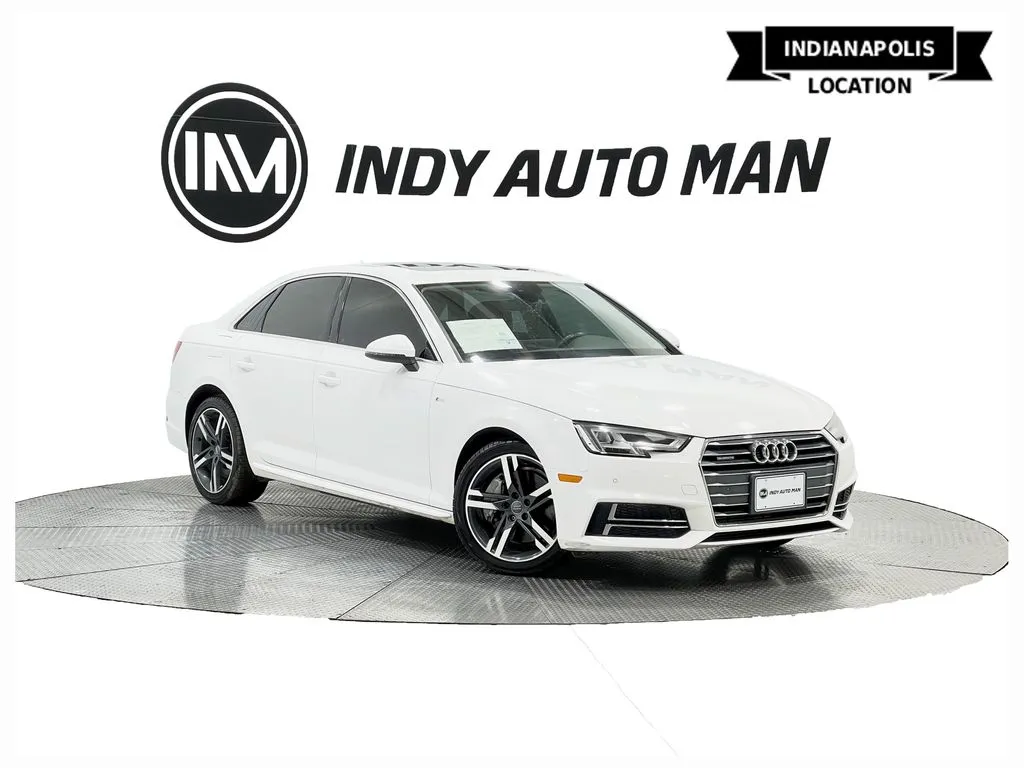Used Car Buying Guide: How to Make the Right Choice
Table of Contents
- Step 1. Choose the Model
- Price Range
- Body Type
- Number of Seats
- Car Insurance
- Step 2. Select Suitable Characteristics
- Engine Power
- Transmission Type
- Type of Drive
- Safety Level
- Additional Options
- Step 3. Examine the Model Thoroughly
- Step 4. Search for the Vehicle
- Online platforms
- Car Dealerships
- Step 5. Communicate with the Seller
- Step 6. Look at Mechanical Condition
- Visual Inspection
- Instrumental Diagnostics
- Test Drive
- General Car Buying Tips

Buying a used car may seem like a real challenge. How to choose the right make and model, where to find it at the best price, and what to consider in communication with sellers? We suggest our used car buying guide to help you sort things out and get prepared for such a serious purchase.
Step 1. Choose the Model
The vehicle must meet your needs in terms of comfort, economy, safety, functionality, and practicality. Therefore, you should always start buying a used car by choosing a model.
Here are the three main criteria to be taken as a guideline:
Price Range
The price range affects not only the cost of the car but also the operating costs. Often the more expensive the car, the more money you will need for its maintenance and repair. Anyway, the used car market can offer models for any budget. The choice is determined only by your financial capacity.
Body Type
This criterion determines capacity, dynamics, and maneuverability. The ideal choice for the city is a hatchback or a sedan. A wagon or a liftback is perfect if you need regular transportation of oversized cargo. Crossovers and SUVs are good options for a large family or outdoor enthusiasts. Also, such cars can easily cope with the transportation of goods.
Number of Seats
If you need a new car exclusively for personal use, for example, for commuting and shopping, you can choose a two-seater coupe or a compact hatchback. The most common option is for models with a 5-seater cabin configuration. There is also a wide range of minivans and SUVs on the market equipped with three or more rows of seats (up to eight seats).
Having decided on these parameters, you can easily pick the make and model of a vehicle that best suits your budget and lifestyle. You can proceed to the next stage.
Car Insurance
Car insurance protects against financial losses from accidents caused by a driver or his vehicle. It also covers damage to another person’s property if someone else was driving the car at the time of an accident. Car insurance costs vary depending on several factors, including the size of your household, driving history, age, state of residence, how much you drive, what type of car you own (two-seaters are more expensive to insure), and how old it is. Also, it is important to know whether you have had any previous claims.
Step 2. Select Suitable Characteristics
All new cars have several trims and modifications. This provides a variety of technical characteristics and allows you to accurately select a used car for specific purposes and requirements. In the car buying process of choosing a used car, you need to decide on the following parameters:
Engine Power
The engine volume determines the acceleration dynamics and towing capacity of the car. It also affects the MPG, the amount of fuel consumption. The higher the engine power, the higher the cost. So, there is always a compromise between the car’s performance and the cost of its operation.
Transmission Type
The classic manual transmission provides more control over revs, speed modes, and fuel consumption. Automatic transmission is an excellent choice for the city – driving in traffic jams will be more comfortable and economical. Also, in the used car market, you can find cars with paddle shifters and SMG transmissions, which combine the advantages of mechanical and automatic transmissions.
Type of Drive
The best option for a car buyer is the front-wheel-drive model. They combine good driving performance with a low cost of ownership. Rear-wheel-drive cars, often represented by sports models, are suitable for those who like high speeds and aggressive driving. AWD vehicles are the best choice for off-road areas.
Safety Level
It differs depending on the age, equipment, and class of the car. In old cars and budget vehicles, safety systems leave much to be desired. Modern cars are more technological. They are equipped with systems of directional stability, emergency braking, protection against locking brakes and slipping, assistants uphill or downhill, and an extended set of airbags.
Additional Options
This parameter is determined by the equipment installed in a new vehicle and affects the level of everyday comfort. The trim of the selected pre-owned vehicle can include dual air conditioning, a multimedia system, navigation, intelligent cruise control, power mirrors with blind spot monitoring sensors, a cold weather package, smart keys, Bluetooth interface, parking sensors, a rearview camera, and much more.
Step 3. Examine the Model Thoroughly
Choosing a model you like is half the battle. Now you need to investigate its features, find out its pain points, and get an idea of further steps. To do this, you should look for consumer reports, highway safety institute reports, and reviews from real owners in specialized forums. When studying information, it is important not to lose objectivity. If a person writes that the car constantly breaks down, this does not mean that the car is bad. Maybe, in this particular case, breakdowns occur due to the high age of the vehicle or poor-quality service. But if several owners indicate that after 100,000 miles of running, the gearbox or steering control breaks down, it is worth taking the information into account and deciding whether you picked the right car.
If possible, be sure to take a test drive with the selected model. The concepts of ergonomics, comfort, handling, and other parameters are different for each driver. And every owner will prove that his car is the best. A test drive will help you understand if a particular model is right for you. You can radically change your mind about the chosen car and start looking for another option.
Step 4. Search for the Vehicle
After choosing a used car make and model and making sure that the decision is correct, you can proceed to browse offers from your local licensed dealer.
To search for a used car, you can use:
Online platforms
Large portals, like Facebook Marketplace, NextDoor, Craigslist, and even Autotrader by Cox Automotive, post ads from individuals who have decided to sell their cars. But there are also offers from dealers. The most popular sites are cargurus.com, cars.com, etc. All ads contain a photo, a description of the car, a link to a free vehicle history report, and a car price. Special filters will make it easier to find a car by model and characteristics.
Car Dealerships
You can also come to an authorized dealer to buy a certified pre-owned vehicle. Dealerships buy used vehicles under the trade-in program (buying a new car, offsetting the cost of the old one, and paying extra). Cars undergo a comprehensive inspection and reconditioning following the manufacturer’s standards. The official dealer is a legal entity, so all the transactions are protected by consumer law, which guarantees the safety of the purchase. You may find all the cars available for sale and information about them on the official website of the car dealership.
Step 5. Communicate with the Seller
A conversation with a seller is the next step in the car-buying process. It can be a private seller, a franchised car dealership, or an independent dealership specializing in used car sales. They all play the role of an intermediary.
In addition to technical characteristics, you should clarify:
- age and mileage;
- accident history;
- number of owners;
- the presence of liens;
- maintenance history.
If you communicate with a private seller, be careful. Many owners try to hide the involvement of the car in an accident, the presence of serious breakdowns, or the real mileage.
However, there is a possibility of getting reliable information about the vehicle. For example, on our website, you can order a free CARFAX vehicle inspection.
If the information received did not result in the decision to buy a used car, you will need to arrange a pre-sale inspection of the car. Pre-owned electric vehicles should always undergo a professional pre-sale inspection when bought from private sellers.
Step 6. Look at Mechanical Condition
When you buy a car at a reliable dealership, like Indy Auto Man in Indianapolis, you can be sure that every car has passed a thorough pre-sale inspection. However, if you buy a used car from a private owner, you should conduct a comprehensive assessment of its technical condition. Undetected or deliberately hidden damage can be costly for the future owner. To avoid serious engine and transmission repairs, inspect the pre-owned vehicle at a service station or with the assistance of a certified mechanic.
Checking the mechanical condition of a used car should include:
Visual Inspection
It starts with a body condition assessment. Check the geometry, the paintwork integrity, and the presence of dents and rust. Trunk lids and hood lids, as well as doors, must be in good working order. Optics, glasses, and mirrors – intact and transparent.
Next, inspect the interior: the condition of the pedals and the gearshift lever (indicate the intensity of use or age), the presence of airbags, and traces of fluid leakage. Then it is worth moving to the hood. The engine should be inspected for damage and evaluated when running. The ignition should work quickly. A visual inspection of the gearbox and chassis elements, including tires, is also mandatory.
Instrumental Diagnostics
The car’s technical condition assessment will be inaccurate without the use of special equipment. Connecting a portable scanner to the onboard computer will allow you to find out the mileage and check the performance of various systems: transmission, engine, safety elements, and others. With the video stethoscope, you can look inside the motor and assess the degree of its wear. The multimeter will help check the health of the generator, battery, and numerous sensors. Using a thickness gauge will allow you to detect repainted or repaired body parts.
Test Drive
A test drive will help you identify fluid leaks and many other hidden faults. For example, knocks on the steering rack, vibration in the suspension, sticking of the gearshift lever, deviation from the trajectory, rolls in corners, and much more. For a test drive, it is better to choose an area with uneven terrain. During the test drive, you need to check the car in different modes: acceleration from a standstill and in motion, U-turns, crossing over obstacles, and braking. This way, you will get a chance to identify problems in various systems and assess their controllability and dynamics.
Indiana: A Great Place to Buy Used Cars
Indiana stands out for having some of the best used car prices in the USA. With a statewide average of around $21,961, shoppers get more value for their money than in most other states. The majority of Indy’s dealers update their inventory weekly, so you’ll find plenty of options—from reliable everyday sedans to certified luxury models. The local market’s competitive spirit means buyers enjoy excellent selection, friendly deals, and negotiating power.
Why Choose Used Over New?
Used cars come with several advantages. First, the new autos quite often lack reliability nowadays, as many technical advancements have unpredictable behaviour and we are witnessing a series of recalls from the most prominent brands.
Secondly, they cost thousands less than new models and lose value much more slowly. Since the steepest part of depreciation has already happened, your pre-owned car retains value longer, so upgrading in the future becomes easier, and with the rising prices on the USA auto market, such vehicle can become even a profitable investment.
Finally, Insurance and registration fees are typically less, and there’s no shortage of choices—Indy’s lots stock vehicles for every driver. Flexible financing is another perk: dealerships help find terms that fit different budgets and credit backgrounds.
Deciding by Budget and Use Case
Under $10,000: Smart Starters
For students or first-timers, popular picks include the Honda Civic, Toyota Corolla, Ford Fiesta, and Hyundai Elantra. Focus on cars that have been well-maintained, with a clean history—lower mileage is nice, but regular service matters most. Avoid models with signs of neglect or major repairs.
$10,000–$20,000: Trusted Family Favorites
In this range, you’ll find safer late-model sedans and compact SUVs, such as the 2020 Ford EcoSport SE and 2018 Honda CR-V EX-L, as well as hybrids like the Toyota Prius. Trucks such as the Chevrolet Silverado and Ford F-150 are also available, though with higher mileage.
Always check the vehicle history and schedule an inspection with a local mechanic.
$20,000–$30,000: Comfort and Technology
If you’re looking for maximum comfort and tech upgrades, models such as the Nissan Rogue, Toyota RAV4, and hybrid crossovers like the Honda CR-V Hybrid fit the bill. Recent pickup trucks and electric vehicles—like the Chevy Bolt EV—bring modern features and excellent value, considering Indiana’s growing charging infrastructure.
$30,000 and Up: Premium Picks
Shoppers who want luxury often find late-model, certified pre-owned cars like the Audi Q5 and Genesis GV70. CPO cars pass factory inspections and come with extended warranties. Research repair costs and check for recalls before making a purchase—Indy Auto Man is happy to guide you through these steps.
Matching Cars to Your Lifestyle
SUVs: Great for families and outdoor lovers, these vehicles offer spacious interiors, smart safety features, and all-wheel drive—ideal for Indiana winters.
Trucks: Perfect if you need strength for work or towing. Top picks like the Ford F-150 and Ram 1500 deliver long-lasting durability, but always inspect for rust or heavy wear.
Hybrids: For commuters, hybrids like the Toyota Prius and Hyundai Ioniq save money at the pump and retain strong resale value.
Electric Cars: Looking to go green? Used models such as the Chevy Bolt EV and Nissan Leaf offer low running costs and tax incentives.
Why History Reports Matter
Shopping at Indy Auto Man means peace of mind. Many vehicles are still under the manufacturer's warranty and come with added protection. All used cars come with complimentary Carfax reports detailing prior ownership, accident history, and maintenance records. Don’t skip this step—it’s valuable for knowing exactly what you’re buying.
General Car Buying Tips
- Inspect the car only when it is clean. Even slight dust can hide minor paint defects behind it. As a result, you may get 5 or more elements to be painted. And this is a serious issue for subsequent resale. When you come to a dealership, the cars are always clean and ready for the measurements of the paint coating. A manager will be ready to show you which of the elements have been restored.
- Don’t forget about legal due diligence. Used cars may have problems with documents and various encumbrances. Using a license plate or VIN, check the history of fines and accidents, as well as data on owners, insurance, and mileage. Pay particular attention to the issues of finding a car under a pledge, a loan, under arrest, wanted, or stolen. You may carry out the due diligence independently using open databases or order a full check from an independent expert. Legal issues are something you are protected from when you buy a car at the dealership. The specialists value their reputation and advise you on the correctness of registration and help with documents and tax formalities.
- Don’t risk your life with cash transactions. Ensure payment using a bank and check the authenticity of the banknotes. At the dealership, all transactions are made under the sales contract with the bank account.
A used car from a private seller is always a pig in a poke, and your car insurance will carry liability for any accident during a test drive. When choosing a vehicle at the used car dealership, you get a wide range of makes and models at the same place, independent diagnostics, verification of the quality paintwork, and the ability to ask for a detailed inspection of the undercarriage on the lift in your presence or under the control of your qualified representative.
Come to Indy Auto Man, and get a 30-day price match and a 7-day exchange guarantee on the car you buy.
Used Cars FAQ
Where can I find pre-owned cars with low mileage in Indianapolis?
Most major dealerships—including Indy Auto Man—maintain a strong selection of low-mileage vehicles. Check their websites and visit the showroom to see the latest options.
Are there used car lots in Indiana that provide vehicle history reports?
Reputable Indiana dealers, like Indy Auto Man, include complimentary Carfax or AutoCheck reports with each used vehicle. These reports help you buy smarter by revealing accident history, title details, and service records.
What are my options if I need to finance my purchase?
Dealerships work with a range of lenders to provide flexible auto loan options, even for shoppers with average or below-average credit. There’s help available to find monthly payments that match your budget.
Check also: Car Financing FAQ
Is it easy to find used electric and hybrid cars in Indiana?
The market for fuel-efficient vehicles has grown quickly thanks to interest in tax incentives and lower maintenance costs. Dealerships now offer a variety of hybrid and electric models for test drives and purchase.
Can I trade in my old car when buying used?
Trading in your current car is a simple way to make buying a used vehicle more affordable. Dealers provide a quick appraisal and apply your trade-in value to your purchase.
Want to get started? Browse Indy Auto Man’s online listings or visit the Indianapolis showroom to find reliable, well-priced vehicles—each one inspected and ready for your next adventure. Friendly staff are always ready to help you shop smart, compare options, and drive away with confidence!

